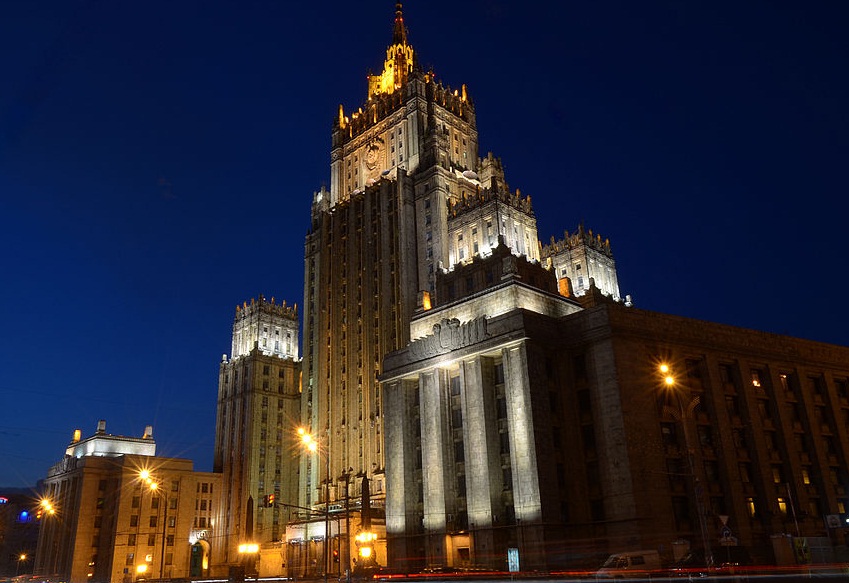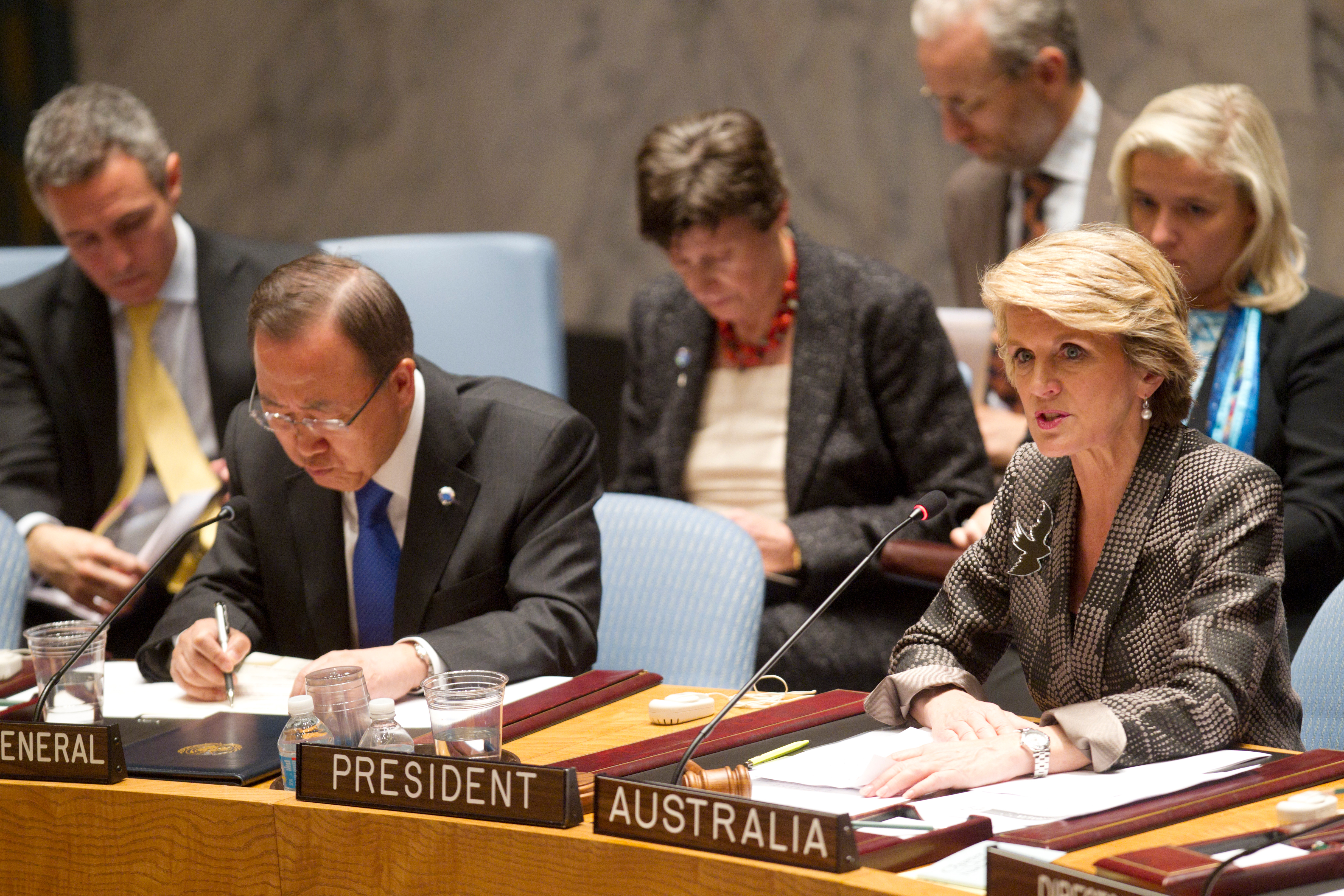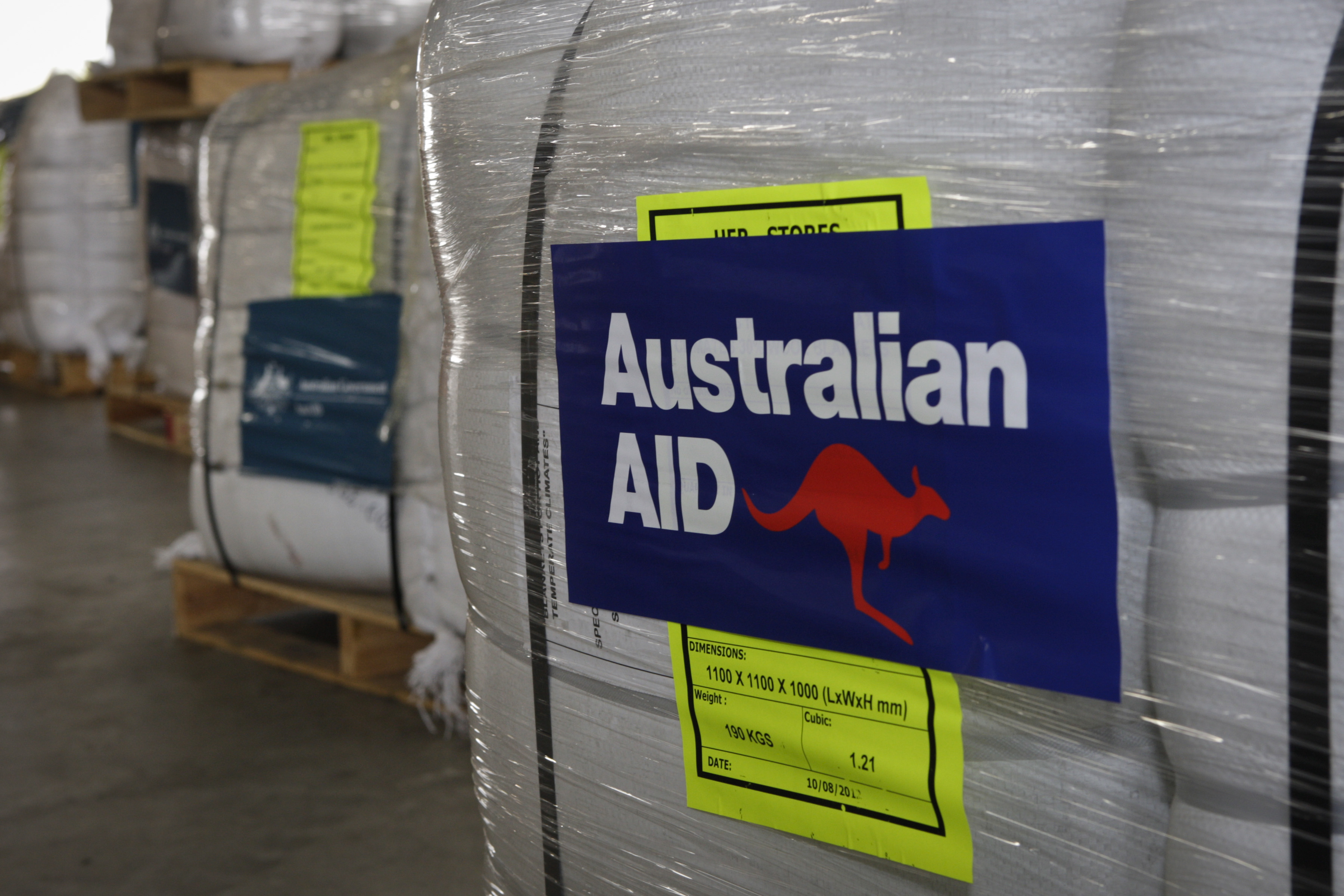Rethinking Australia’s economic role in the Pacific
 Australia’s remaking its relationship with Fiji and promising a rethink of South Pacific regionalism. But there’s another even bigger topic on the regional renewal menu—Australia’s economic role in the South Pacific.
Australia’s remaking its relationship with Fiji and promising a rethink of South Pacific regionalism. But there’s another even bigger topic on the regional renewal menu—Australia’s economic role in the South Pacific.
Having ticked off Free Trade Agreements with Japan, South Korea and China, the Abbott government can turn its attention to the Islands and the Pacific Agreement on Closer Economic Relations (PACER) Plus. Begun in 2009, PACER is argued dry. The one thing the Islands want from Australia and New Zealand—labour mobility—is the one thing Australia and New Zealand won’t give. Stalemate.
Time to do a deal. Time for a multi-course buffet, not a one-size-suits-all banquet; smaller dishes and more courses, so each Pacific state can move at its own pace. The Abbott government proclaims its supreme attachment to economic diplomacy. Applying the flexibility and commitment needed to get deals with Northeast Asia to what’s on offer in the South Pacific could change the game.




